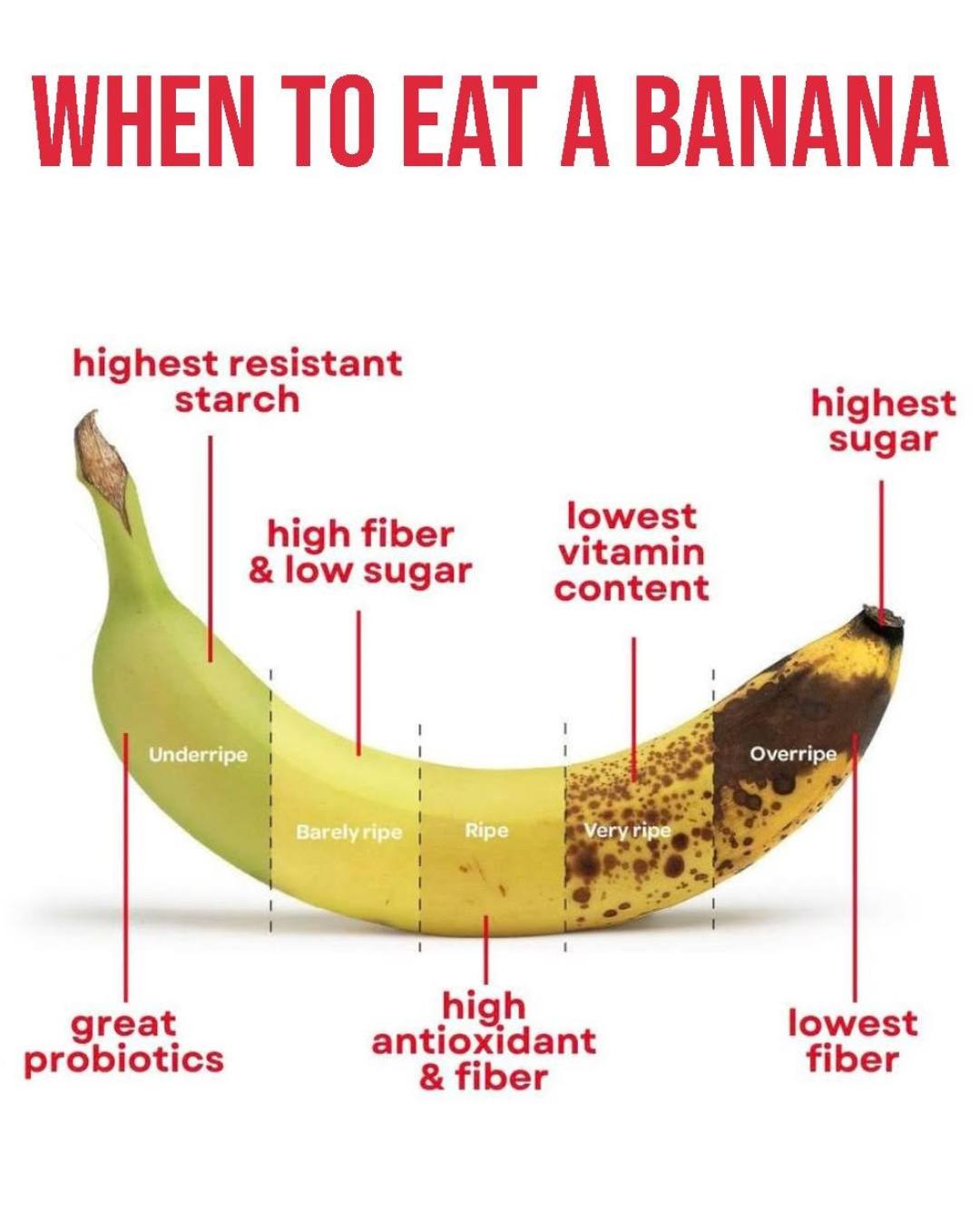Banana peels are often discarded without a second thought, but they are a treasure trove of nutrients that can greatly benefit your garden. Instead of tossing these peels in the trash, consider using them to enhance your soil, nourish your plants, and reduce waste. In this article, we will explore the nutritional benefits of banana peels, various methods to utilize them in gardening, and tips for maximizing their effectiveness.
The Nutritional Benefits of Banana Peels
Rich in Essential Nutrients
Banana peels are not just waste; they are packed with vital nutrients that can support plant growth:
- Potassium: Essential for plant health, potassium helps regulate water balance, improve drought resistance, and enhance fruit quality.
- Phosphorus: Important for root development and flowering, phosphorus supports energy transfer and photosynthesis.
- Calcium: Crucial for cell wall structure and growth, calcium helps prevent blossom end rot in tomatoes and other plants.
- Magnesium: This nutrient plays a role in chlorophyll production, which is necessary for photosynthesis.
Environmental Benefits
By using banana peels in your garden, you can significantly reduce waste. Instead of sending organic waste to landfills, you can repurpose it to enrich your soil and support plant life. This practice contributes to sustainable gardening and helps reduce greenhouse gas emissions.
How to Use Banana Peels in Your Garden
1. Direct Application
Method
Simply place banana peels directly into the soil around your plants. You can chop them into smaller pieces to speed up decomposition.
Benefits
- Nutrient Release: As the peels decompose, they release their nutrients directly into the soil, making them readily available to plants.
- Soil Health: The organic matter from the peels improves soil structure and promotes beneficial microbial activity.
2. Banana Peel Fertilizer Tea
How to Make It
- Ingredients: Gather a few banana peels and a container.
- Soak: Place the banana peels in a container filled with water. Let them soak for 24-48 hours.
- Strain: After soaking, strain the liquid into a watering can, discarding the peels.
Application
Use the banana peel tea to water your plants. This nutrient-rich liquid can be applied every few weeks to provide a boost of potassium and other essential nutrients.
3. Composting Banana Peels
How to Compost
- Chop Peels: Cut banana peels into smaller pieces to speed up decomposition.
- Add to Compost Bin: Place the chopped peels in your compost bin along with other organic materials.
Benefits
- Balanced Compost: Banana peels can help balance the carbon-nitrogen ratio in your compost, promoting faster decomposition.
- Nutrient-Rich Compost: Finished compost containing banana peels will be rich in nutrients, making it an excellent amendment for your garden.
4. Pest Deterrent
How It Works
The natural compounds in banana peels can help deter certain pests, such as aphids and spider mites.
Application
- Place Around Plants: Lay banana peels around the base of plants that are susceptible to pests. The scent may repel unwanted insects.
5. Planting Medium
How to Use
Banana peels can be used as a planting medium for seedlings.
Method
- Prepare Peels: Cut banana peels into strips.
- Layer in Pots: Place the strips at the bottom of your seedling pots before adding soil.
Benefits
- Nutrient Boost: As seedlings grow, their roots will access the nutrients from the banana peels.
- Improved Drainage: The peels can improve drainage in the potting mix

